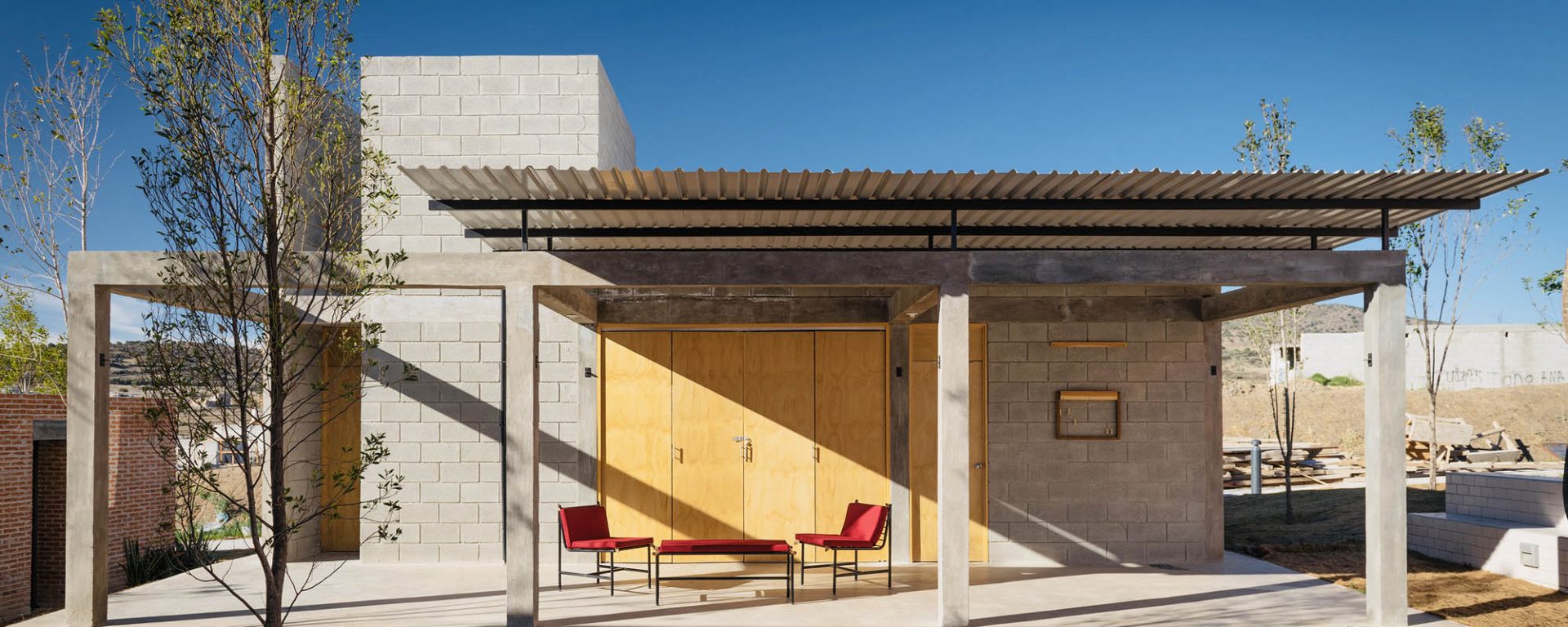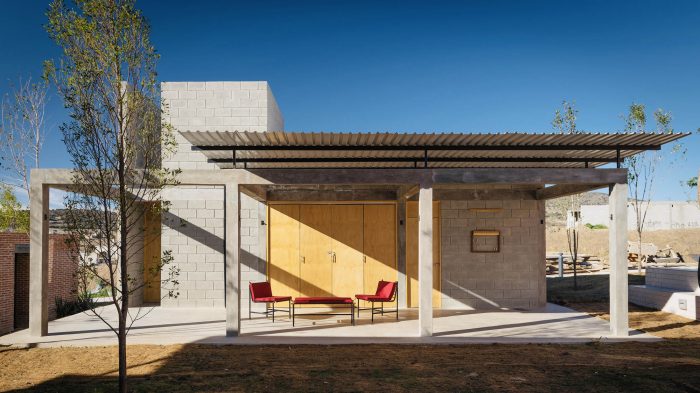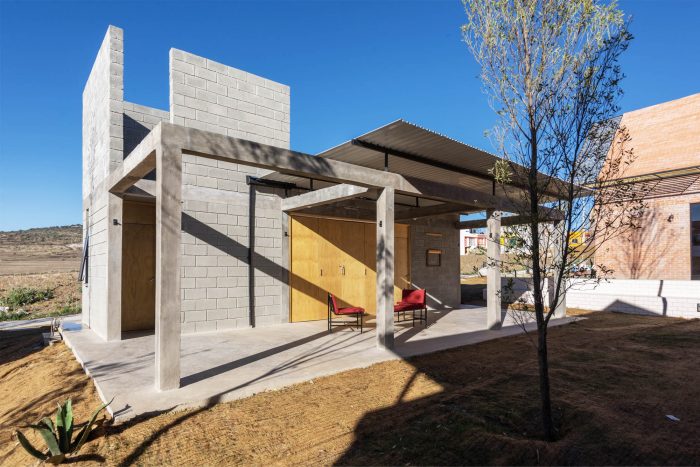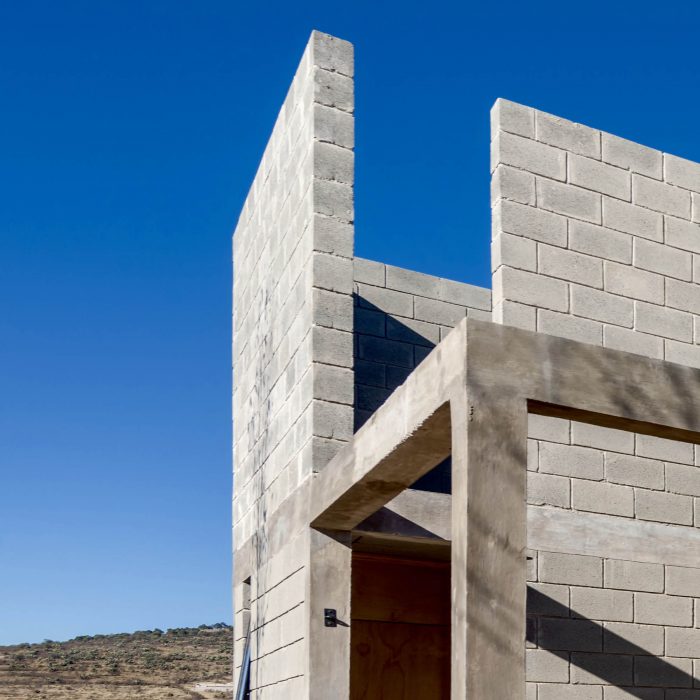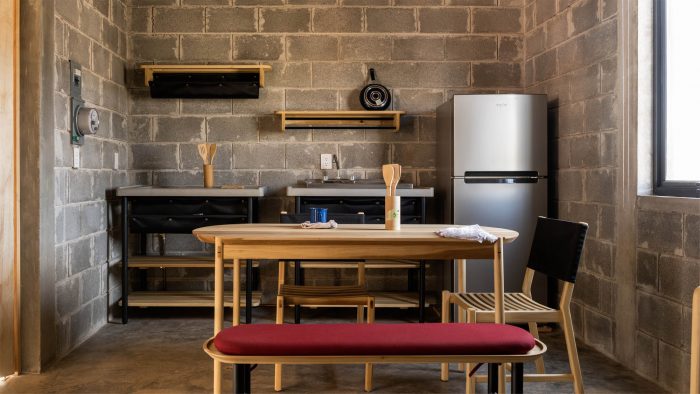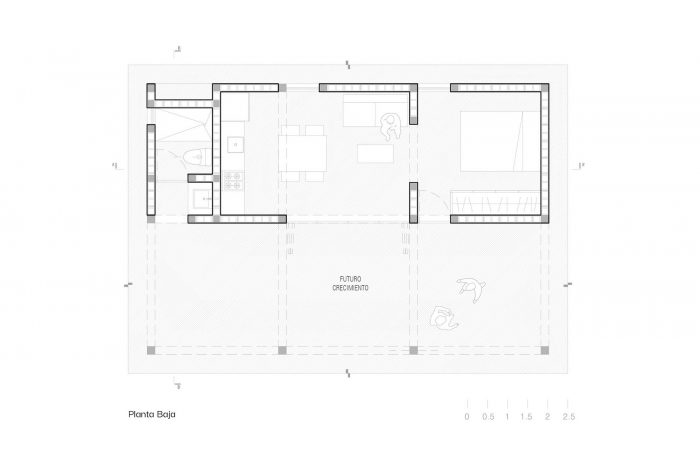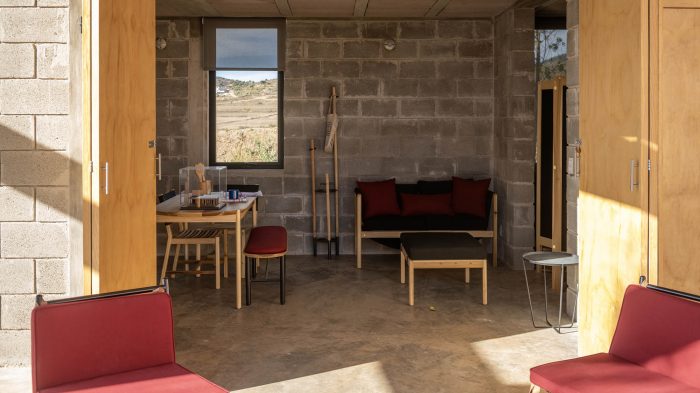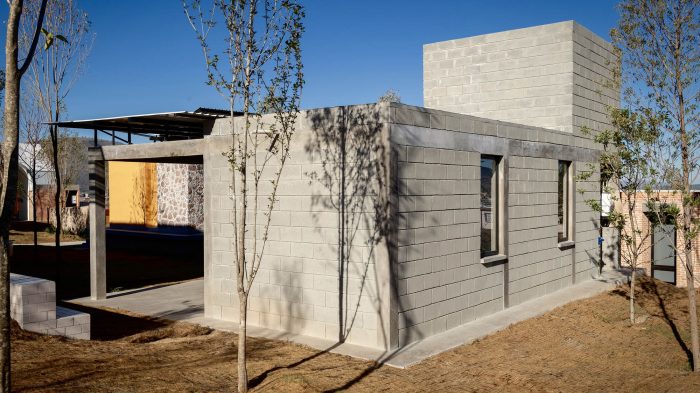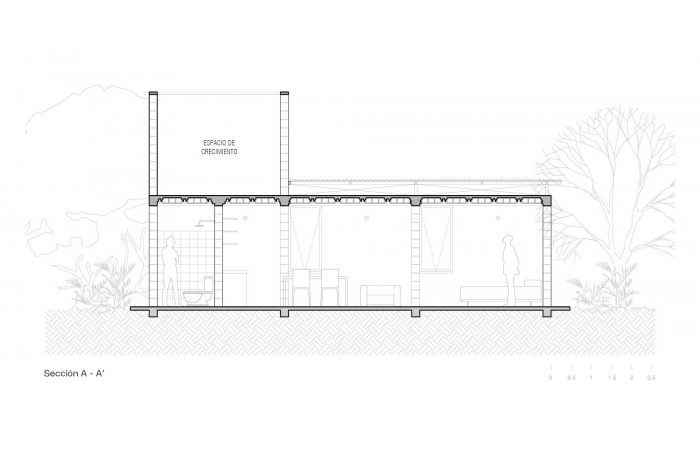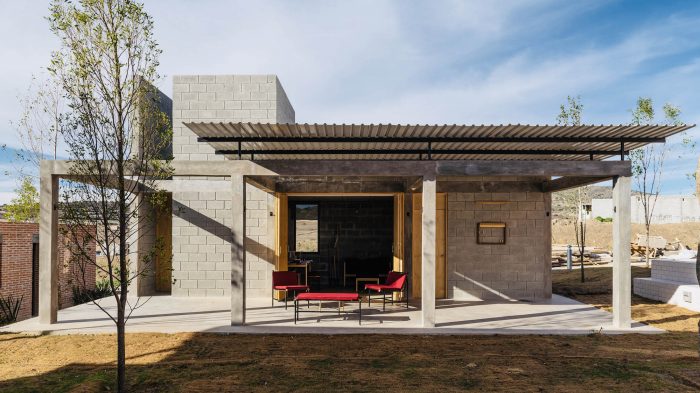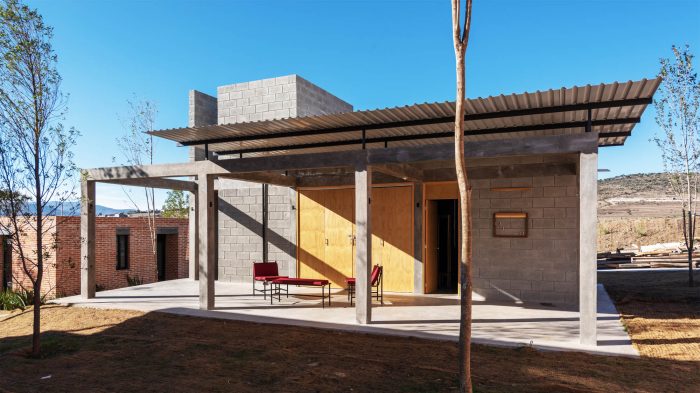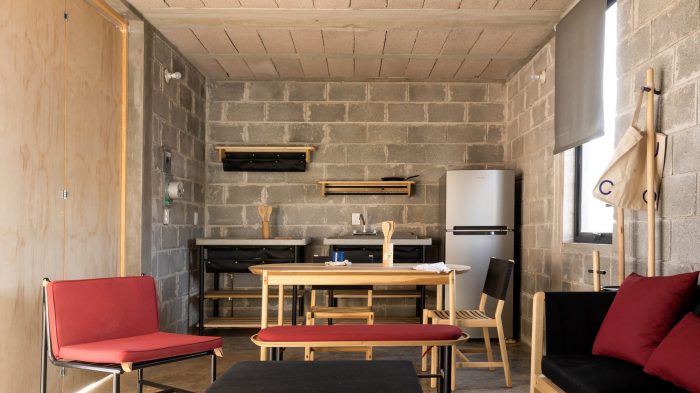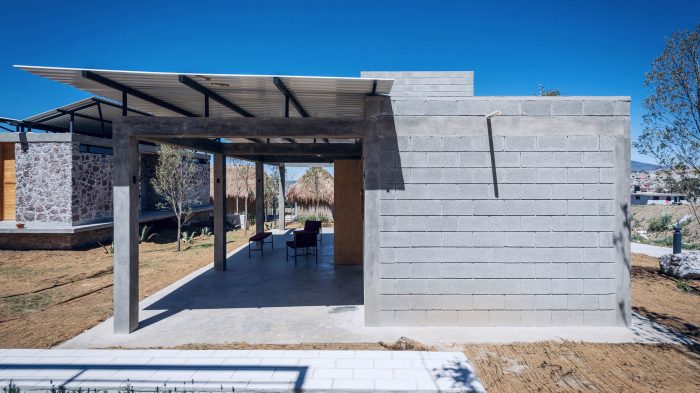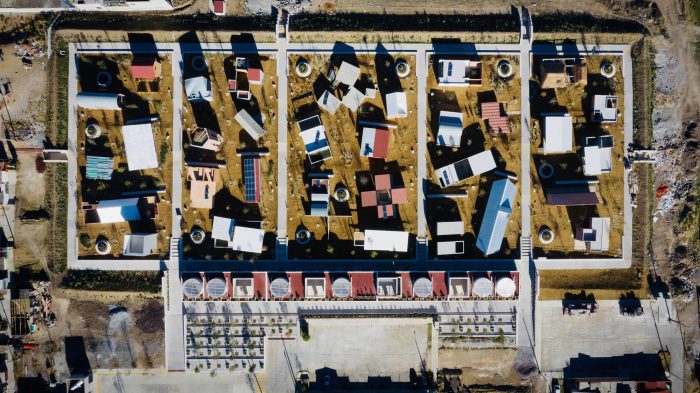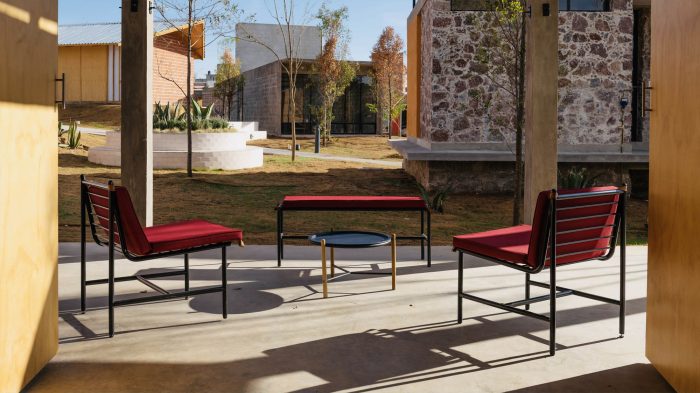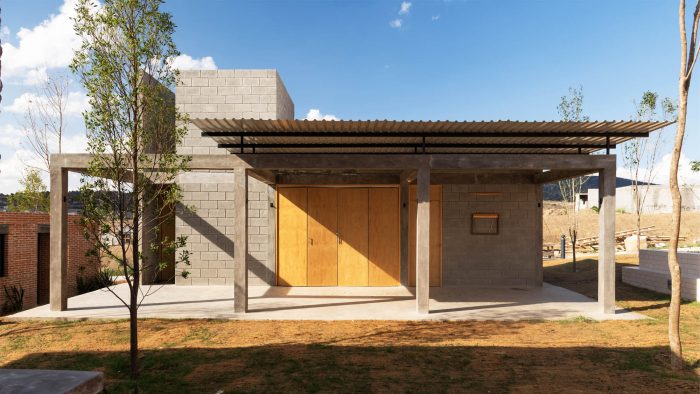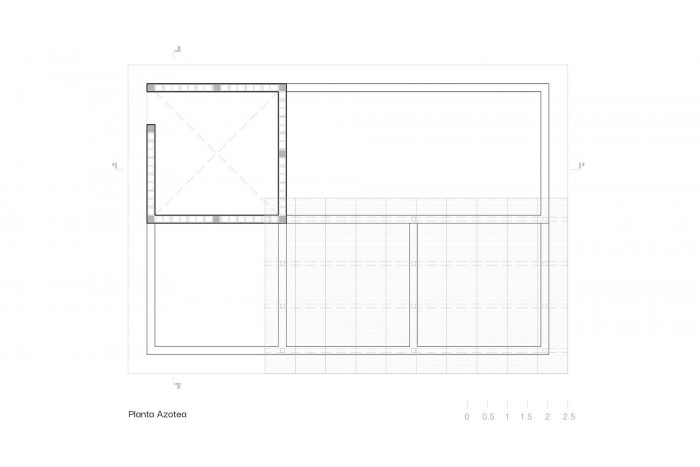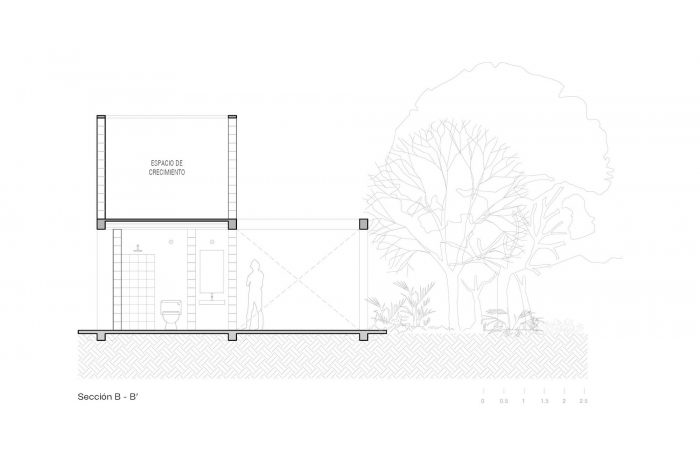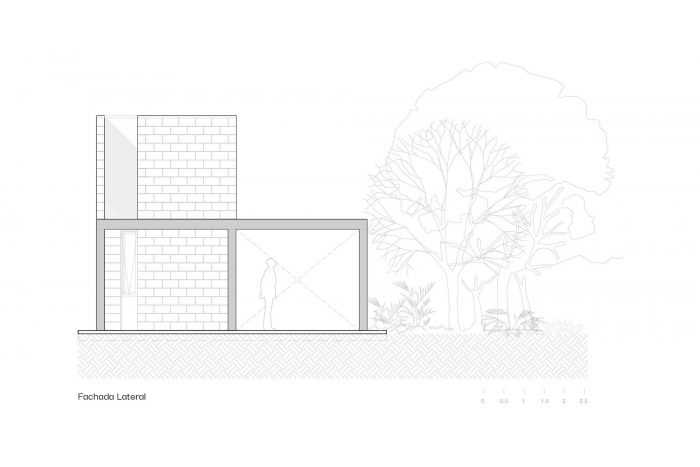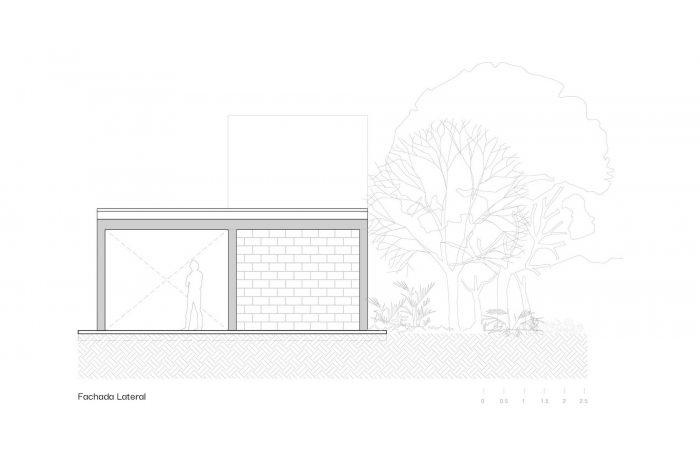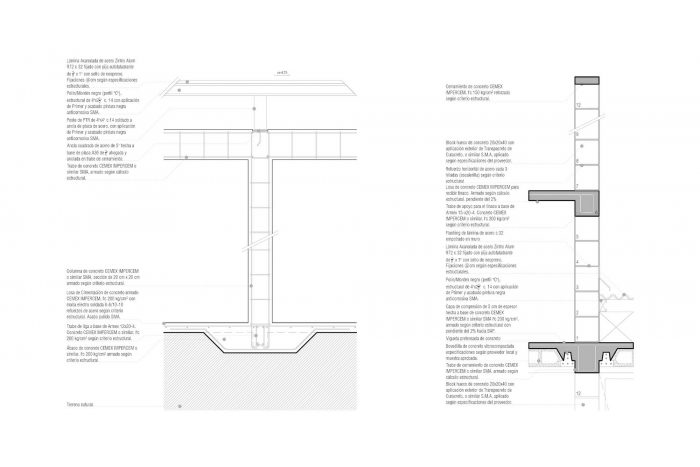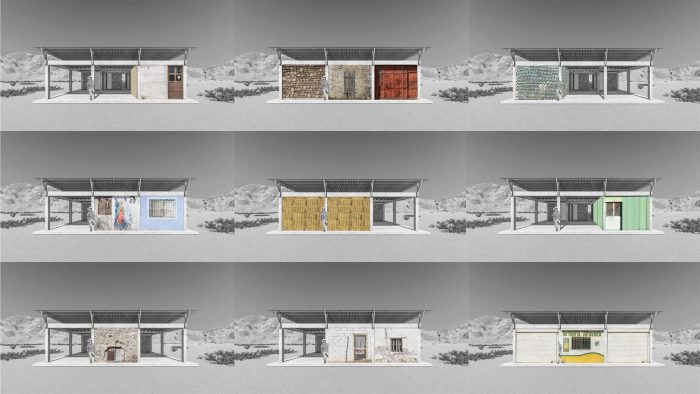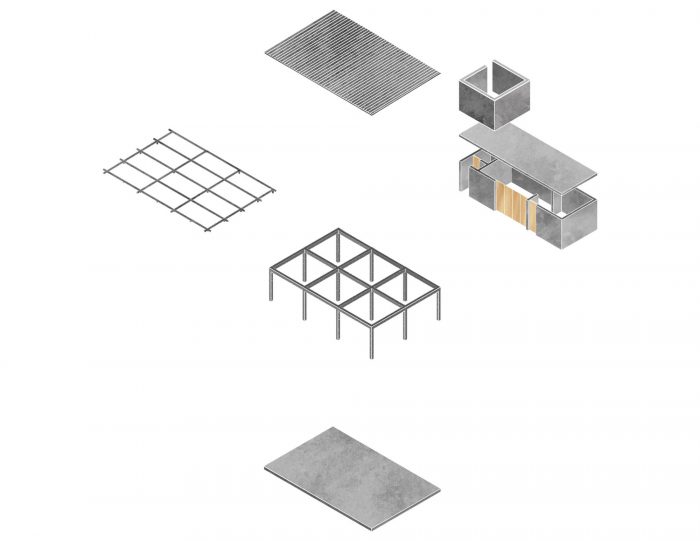从工业革命开始,城市经历了前所未有的发展,这从来都不是什么秘密。人们在更好的生活机会的驱使下,离开农村,冒险到城市生活,而城市的发展速度也在疯狂地增长。二战期间及战后,墨西哥¾这个拥有广大农村地区的国家¾也经历了类似的增长。大楼林立,大型住宅项目的推进,城市的新建,促进城市发展的公共政策得到批准,在不知不觉中,我们完全进入了现代性。墨西哥不再是农村,而是大都市,几乎80%的人口集中在城市(根据2010年国家统计和地理研究所的数据)。
It has never been a secret that, beginning with the industrial revolution, cities experienced an unprecedented growth. People, driven by better life opportunities, left the countryside and ventured to live life in cities that were growing frantically at the pace of progress. During and after World War II, Mexico¾which is a country with a large rural area¾experienced similar growth. Large buildings were built, major housing projects were promoted, cities were created ex novo, public policies promoting the growth of cities were approved and, without realizing it, we entered fully into modernity. Mexico ceased to be rural to become metropolitan, concentrating almost 80% of its population in the cities (according to data from the 2010 census of INEGI).
几十年来,墨西哥将公共政策的重点放在城市中心,因此决定转向农村,以回馈农村给予我们的一些东西。INFONAVIT的可持续发展研究中心(CIDS,西班牙文缩写),开发了开放源码或创意共享项目,以分析和证明以不同方式发展农村社会住房是可能的。
After decades of focusing public policies on urban centers, the decision was made to turn to the countryside to give back some of the much it has given us. Called by the Research Center for Sustainable Development (CIDS, for its Spanish acronym) of INFONAVIT, Open Source or Creative Commons projects were developed to analyze and prove that it is possible to develop rural social housing in a different way.
这个协助自产的农村进步之家规定的前提之一是,它应该保持在经济适用房的范畴内,并接受联邦资助。房子的主平面图考虑了一个混凝土平台,在这个平台上展开了一个网状的混凝土结构。结构的一部分包含了主要的住房服务¾厕所、厨房、起居室-餐厅和卧室¾而另一部分则允许立即增长。就像在乡土建筑中一样,住宅的增长是为了利用居民的资源来实现的,同时又不损害房产或居民的完整性。
One of the premises stipulated for this Assisted Self-Produced Rural Progressive House is that it should remain in the category of affordable housing and be subject to federal funding. The main plan of the house contemplates a concrete terrace on which a reticular concrete structure unfolds. One part of the structure contains the main housing services¾toilet, kitchen, living-dining room, and bedroom¾while the other allows for immediate growth. Just as in vernacular architecture, the growth of the dwelling is meant to be achieved with the resources of the resident, without jeopardizing the integrity of the property or that of its dwellers.
这个辅助自产的农村进步住宅背后的想法是,随着适当的时间和成长,这个原始的细胞只会成为一个很好的提醒,让这个成长的种子。
The idea behind this Assisted Self-Produced Rural Progressive House is that, with due time and growth, this primeval cell becomes only a nice reminder of the seed that allowed for that growing.
建筑师:JC Arquitectura,Kiltro Polaris Arquitectura
面积:388平方英尺
年份:2019年
照片:Jaime Navarro
制造商:AutoDesk, Duco LAB
首席建筑师:Juan Carral O’Gorman. Victor Ebergenyi Kelly, Giancarlo Reyes Olguín
设计团队:Zubzen Ortiz, Jorge Viñas, Yissel Nolasco
客户:Centro de Investigación para el Desarrollo Sostenible del INFONAVIT.
工程:Oscar Flores
家具:DucoLAB
城市 : Apan
国家:墨西哥
Architects: JC Arquitectura,Kiltro Polaris Arquitectura
Area: 388 ft²
Year: 2019
Photographs: Jaime Navarro
Manufacturers: AutoDesk, Duco LAB
Lead Architects: Juan Carral O’Gorman. Victor Ebergenyi Kelly, Giancarlo Reyes Olguín
Design Team:Zubzen Ortiz, Jorge Viñas, Yissel Nolasco
Clients:Centro de Investigación para el Desarrollo Sostenible del INFONAVIT.
Engineering:Oscar Flores
Furniture:DucoLAB
City:Apan
Country:Mexico

